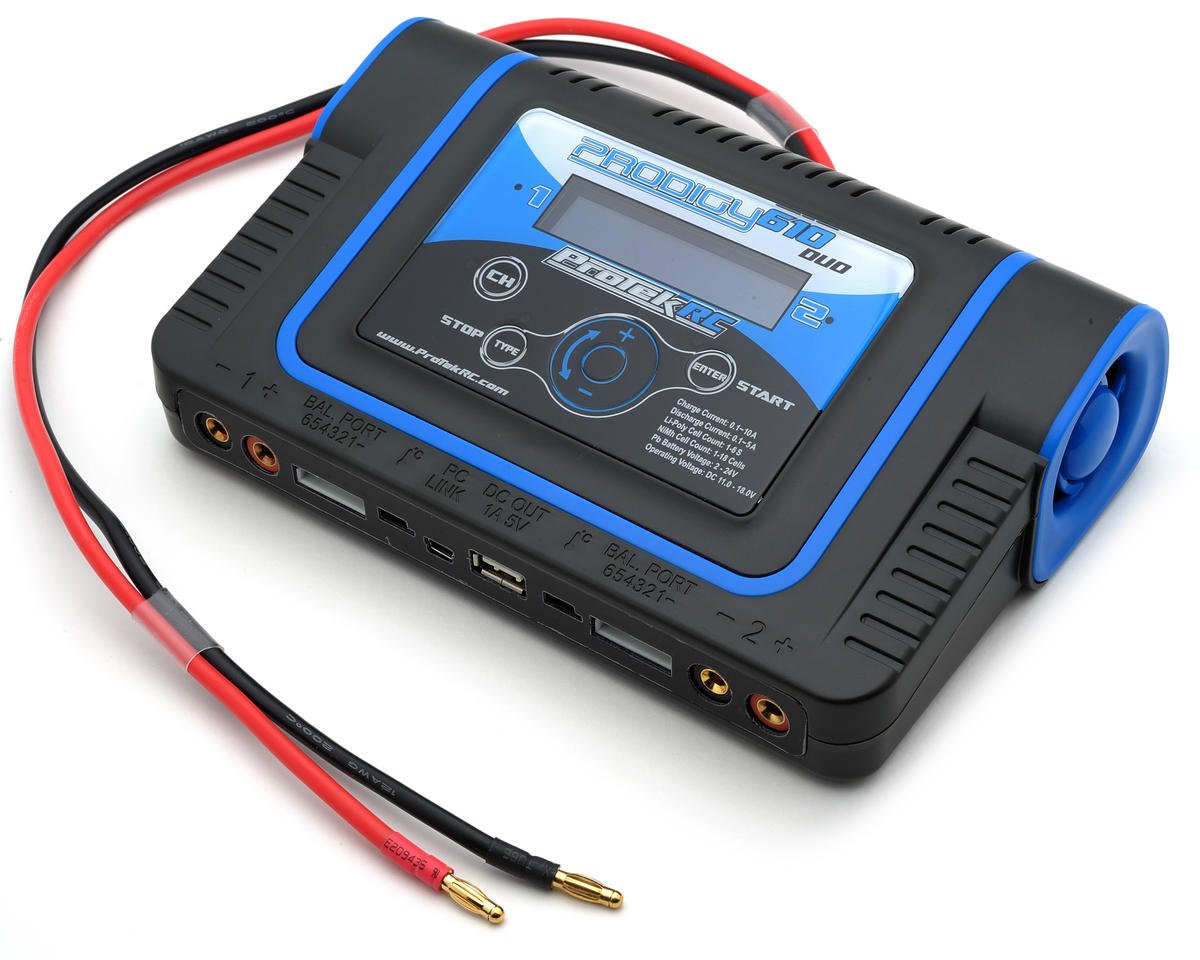Hello,
Has anyone taken any electrolyte temperature readings as they charge their NiFe batteries?
What little info that Changhong Battery Co. does release over the years can be very interesting.
It doesn't seem like that many people have actually read what they have to say since it
conflicts with so many stories and half truths. When I first heard about NiFe years ago I felt that the
electrolyte would be the biggest concern. Now I know it is.
You can take giant leaps in the amount of the electrolyte reservoir size per 100 Amp Hours
by slightly changing a Cell size. Also since Changhong jumped from 10 grams per Liter of LiOH.H2O
prior to January 2008 to a whopping 40 grams per litter after 1/08. You are now talking big money.
Someone might want the jumbo electrolyte size or they may not. The Temp readings will tell us all.
Certain people looking for greater charging efficiency claim to be using well over 50% more Lithium Hydroxide
than 40 grams per liter.
If a large Cell held say 17.5 Liters of electrolyte at 40 grams per Liter your up to 700 grams PER CELL Per Change.
How much does it cost for 700 grams of Reagent Grade or Battery Grade LiOH.H20 $
Times 10? Times 20? Times 40?
What about float oil to slow down the carbonate infestation? Can Mineral Oil with no written approval VOID your warranty?
What about how often you want to Really change the Electrolyte in these NiFe batteries.
Smart Charging Voltage and Current Levels - not monkey see, monkey do?
What about bad Charging advice.
These are controversial subjects being pushed, poked and prodded lately.
The answers may not wind up being what you think.
Can the proper knowledge and simple tactics cut your problems and your overhead by
a drastic percentage?
What is the language in the New guarantee and what does it mean? What does a new NiFe warranty say as of August 1, 2011
and why does it say what it now says. Who really knows what is happening?
The electrolyte management could really benefit from someone that actually put out the big money
on Big Cells sticking a cheap thermometer in a Cell during various stages of charging.
Changhong is not talking about years and years before you worry about that electrolyte.
Keep in mind they are the guys making most of the NiFe batteries so all the he said, she said, is gone now.
It's the Builders SAY.
.................................................. .................................................. .................................................. ....................................
<snip from Changhong>
The electrolyte will absorb the carbon dioxide in the air and create carbonate easily during operation.
When carbonate in the electrolyte is over 50g/L, the performance of the battery will be badly effected.
After charge and discharge for 150~200 cycles or operate for 1 year, please check the carbonate in the electrolyte.
If the carbonate in the electrolyte is over 50g/L, please replace the electrolyte.
.................................................. .................................................. .................................................. ........................................
They say what they mean and mean what they say.
Their Trouble Shooting sections will slap you silly with reasons why you may have to change that Very Expensive go-go juice.
Let's eliminate the reasons.
I am for the batteries - not against them but I needed to know the truth so it could set me free from
THOUSANDS of Dollars of potential premature and unnecessary damage and expenses by playing the sweetboy.
If the Internal Resistance numbers are close to Ni-cad, which some Chinese outfits do publish, then the sales pitch of spending
a smaller amount (just to try them) on small 100 AMP Cells will not cut it AT ALL. I'm guessing they are very similar.
Charging is it's own subject not brushed on here.
You probably need the big money battery test bed to get measurements that count.
You also need a crowd that actually thinks and cares.
Where has this simple info been all this time??
There are a LOT of considerations but this is plenty for right now.
I figure the Electrolyte Temperature and Life Span is just the beginning of a whole can of worms.
.................................................. .................................................. ..............................................
<snip> From the 2010 Brochure:
'CHANGHONG NF-S Series Nickel-Iron batteries for solar PV application'
1.6.8 Effect of Temperature on Lifetime
Changhong NF-S series NiFe cell is designed for 20- year service life , but the increase in the temperature of electrolyte
will r e d u c e t h e e x p e c t e d l i f e. In general , every 9℃ increase in temperature over the normal ambient temperature of 25℃
r e d u c e s t h e s e r v i c e l i f e o f Changhong NF-S series NiFe cell by 20%. For lead-acid batteries , it will be 50%.
The following figure shows the comparison graph of life expected at high temperature for both Ni-Fe and lead-acid batteries.
.................................................. .................................................. ..................................................
The TN Series and the 'Solar' NF-S series are said to be the same item with a different name.
However the Changhong literature does show slight differences in the electrolyte volumes.
That may just be a sales fake since they claim the same case sizes.
Extremely interesting batteries!
BB


Comment